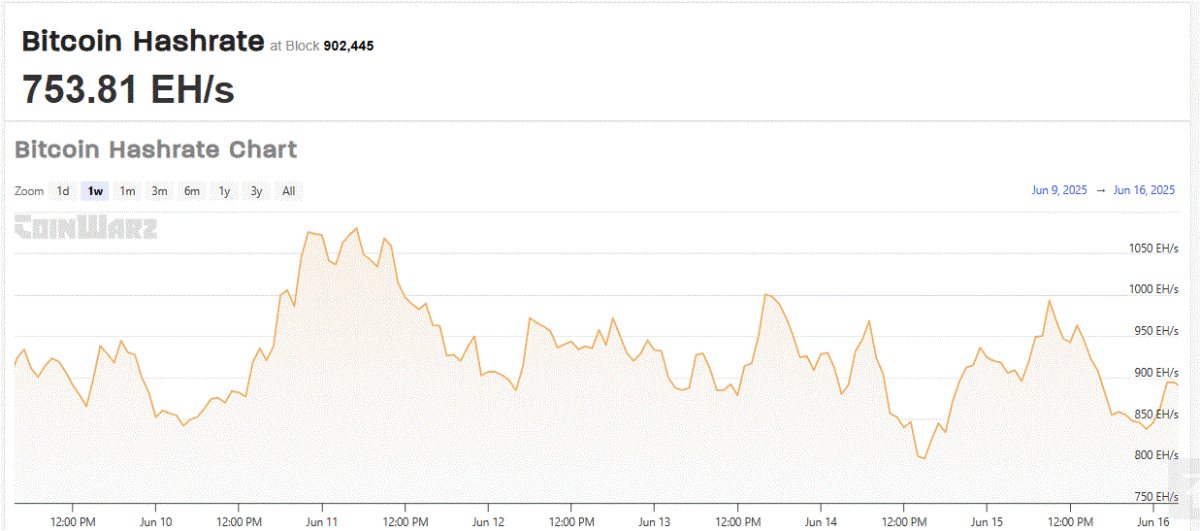Did the US Attack on Iran Really Crash Bitcoin’s Hashrate? The Truth Behind the Headlines
Geopolitical shockwaves sent crypto markets into a tailspin—but did Iran's mining operations really take the hit everyone claims?
When missiles fly, hash rates drop? The narrative spread faster than a blockchain fork. Reports claimed Bitcoin's network security crumbled as US-Iran tensions escalated, but the data tells a murkier story.
Mining in the crosshairs. Iran accounts for roughly 4% of global Bitcoin hashrate—enough to cause a blip, not a crash. The real story? Opportunistic traders weaponized the headlines to trigger liquidations. Classic Wall Street tactics, now with extra decentralization theater.
The hashrate hustle. Network metrics showed a 6-8% dip post-event—well within normal volatility. Mining farms in Texas and Kazakhstan picked up the slack within hours. So much for 'decentralization risk.'
Crisis breeds opportunity. While politicians posture, miners just plugged into cheaper energy elsewhere. The real casualty? Retail traders who panic-sold while institutional players accumulated at discount prices. Some things never change—even in crypto.
 Bitcoin Hashrate, Source: Coinwarz
Bitcoin Hashrate, Source: Coinwarz
Notably, Bitcoin price briefly fell to $98,500 before rebounding above $101,000. Additionally, there is a sharp decline in hashrate, now down to 753.81 EH/s from 943 EH/s recorded in mid-June, which has caught the crypto community off guard.
The hashrate measures how much computing power is being used to secure the Bitcoin network. A high hashrate means more miners are active, but when the hashrate drops, it usually means some miners have gone offline.
Iran is known as one of the big countries mining Bitcoin. Mining was legalized by the government in 2019 and licenses were issued to operators. Iranian miners utilize low-cost electricity from fossil fuels as well as nuclear power. Iran once held a 4.5% share of global mining, though it has now fallen to about 3.1%.
It’s highly probable. The U.S. bombing potentially hit power infrastructure close to major mining facilities in Iran. There were reports of blackouts and network disruptions from both Iran and Israel following heightened tensions. This means Iranian miners were impacted, either by actual destruction or through power outages.
It’s unclear if disrupting bitcoin mining was an intentional target of the strike, but it’s a possible side effect of damaging energy systems.
The Hashrate may not recover right away. Unless more strikes hit power plants or internet infrastructure, miners may slowly come back online. If the hashrate continues to decline, the Bitcoin network will automatically lower its difficulty to maintain transactions smoothly every 10 minutes.
This is not the first instance. When China banned mining in 2021, the hashrate fell significantly, but the network bounced back in a couple of months when miners migrated.
Also Read: Iran Selling Bitcoin to Fuel Its Missile and Nuclear Programs Amid War?


